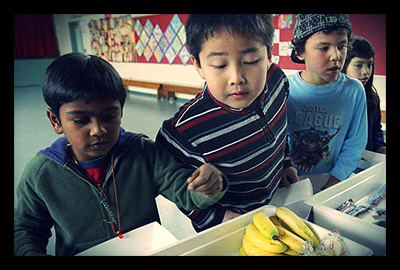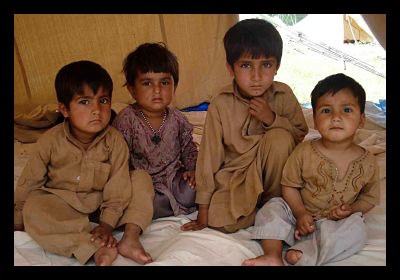
In 1973, the sci-fi film “Soylent Green” portrayed a dystopian future society characterized by overpopulation and the effects of global warming in which the people ate wafers to survive. At the film’s conclusion, everyone becomes privy to the fact that the wafers are actually made of people. Four decades later, a group of three men in their twenties have taken the idea of everyone eating one easy food to survive and produced their own product called Soylent, thankfully people free.
When Rob Rhinehart and his team sat down to create this meal replacement, they decided that they needed to pull out all of the essential nutrients needed for health and functioning and combine them to make one super drink. With that goal in mind, they developed a powdered drink with what has been described as a “doughy” nature. You add water, drink a meal’s worth and you can power through the rest of your day.
Soylent consists of sodium, fatty acids, zinc, manganese, potassium, phosphorus, calcium, fiber, protein, iron, magnesium and a slew of vitamins. Despite its name, there are only trace amounts of soy, and Rhinehart’s team is currently in the process of getting a gluten-free version out on the market. Rhinehart claims that you can live on Soylent, and Soylent has made up 90 percent of his diet for the past year and a half.
There is speculation, however, about how much necessary nutrition one actually gets from living off of Soylent. Lee Hutchinson from Ars Technica, who has purchased large boxes of Soylent to supplement the occasional meal, has written numerous articles about living on Soylent and what Soylent could mean for busy, anti-cooking people. She explains that, while the types and amounts of nutrients in Soylent are based on U.S. Recommended Dietary Allowances, “It’s still not wholly certain that simply hitting roughly 100 percent of the RDA standards is enough.”
Likely in anticipation of this criticism, Rhinehart stated that the ingredient list would change and evolve as their product made progress on the market.
So far, Soylent is being marketed toward the busy workaholics who simply can’t fit in the time for meal preparation and would rather mix up a powdered drink to get them through the day. As an added plus, Soylent is markedly cheaper than weekly groceries, with a month’s supply costing only $70.
Little is being said, though, about how Soylent could prove to be an important product in feeding the world’s hungry. The past and current packaged food products that are being sent to impoverished areas like sub-Saharan Africa have had mixed success. MANA nutrition, which produces packets of peanut paste that require little preparation, are cheap and instrumental in helping bring people back from the brink of starving to death. What it lacks is the minimal nutrition Soylent provides people — something that is important in improving quality of life.
Another widely used food supplement was produced as a powdered milk substance, similar to Soylent in that you simply add water. Again, there is a lack of essential nutrients in milk, but it was easy for many families and efficient to produce and distribute.
One issue that Soylent would face, were it implemented as a source of food aid, is the water mixing aspect. In some poverty-stricken areas, plentiful, not to mention clean, water is often a precious resource rather than an abundant luxury. This is an issue that the powdered milk supplement faced, as the lowest possible maintenance necessary will often see the best results.
There are other potential problems with providing people with Soylent to survive on. Innovative Development brings up the fact that chewing is an essential action to establish proper functioning of the digestive system. They also explore the option that people who have been exposed to war and famine may have different dietary needs. The introduction of Soylent to a fragile body system may have unforeseen negative effects, particularly on children whose bodies are just developing.
At this point, Soylent isn’t necessarily ready to be shipped out en masse to Africa, but it does have its perks for addressing world hunger. Often, approaches to feeding the poor focus on survival, which is of course an important aspect. But beyond that, nutrition is incredibly important for establishing a healthy, stable society where people can be productive and live in a happy environment.
– Magdalen Wagner
Sources: The New Yorker, Ars Technica, Soylent, Innovate Development, Seattle Gluten Free






